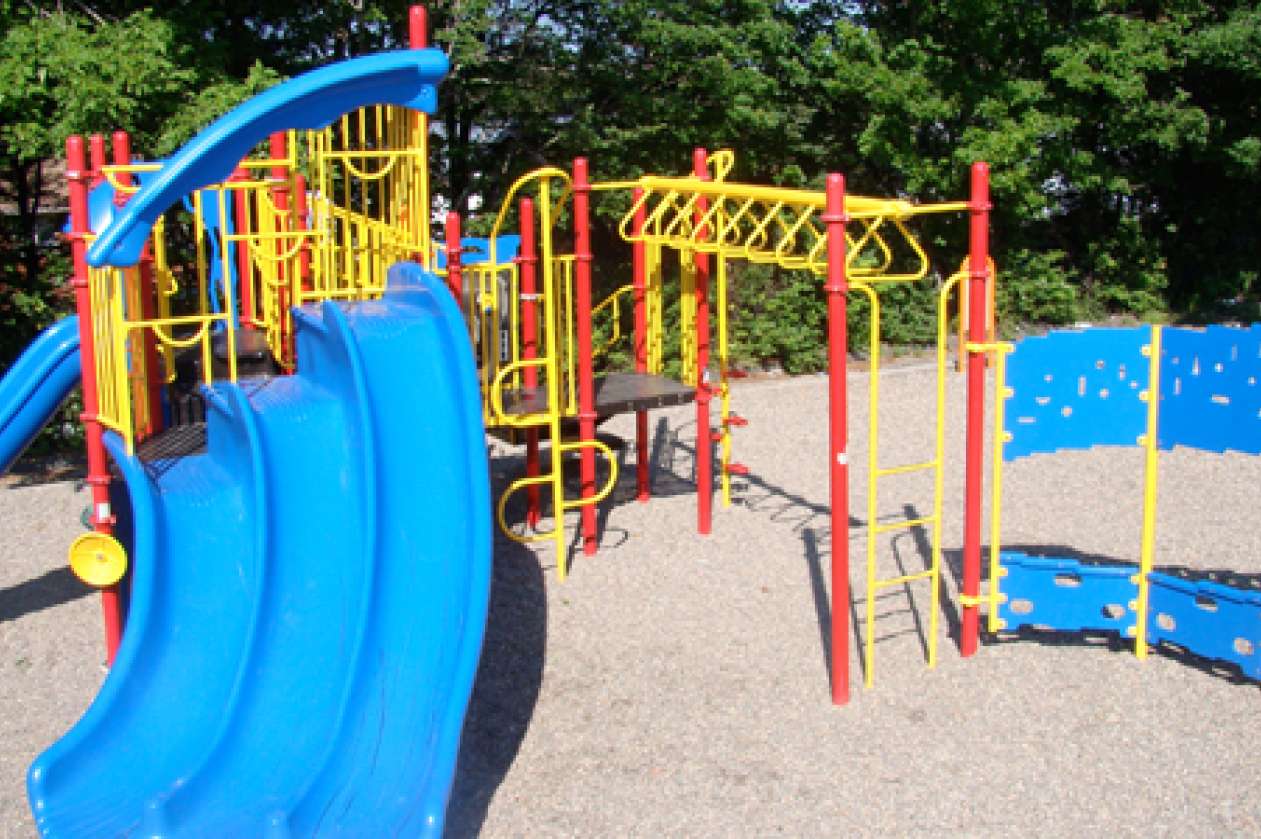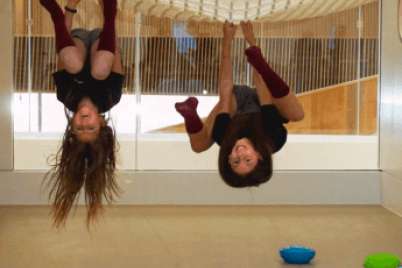
The problem with safe playgrounds
“The best thing a parent can give a child is the chance at a broken arm…”
I can’t remember where I heard that. Or who said it. Although I thought it was harsh at first, I got to love the quote because I imagine that most broken arms in children are a result of falling out of a tree, or careening down a hill in a rickety wagon.
I remember doing all those things when I was a kid. I must have hurt myself at some point, but I don’t remember anything too serious. Like most kids, I never once broke anything.
When I take my children to the playground, I try to just turn away. If I watch them climbing and swinging and dashing around, I flinch every time they stumble, cringe every time they fall. Because I don’t want them to get hurt.
But I also don’t want to limit their exploration. And if I’m always calling out for them to slow down and be careful, I’m interfering with their natural tendency to take risks. To challenge themselves. To see what they are capable of.
The problem with modern playground equipment may be that it is too safe. Children master the apparatus too quickly, and get bored.
Which may be one reason that the playground in your neighborhood never gets used unless it’s recess at the local school. And why the kids are always going up the slides; they’re trying to find some challenge there.
New York Times science writer John Tierney wrote about safe playgrounds last summer and summarized some of the research on the topic.
Playground injuries, he writes, are the result of kids trying and failing to master skills like climbing. “But these rarely cause permanent damage, either physically or emotionally.” In fact, by exposing themselves to more dangers on the playground, children are adapting to those dangers. Toughening themselves up, as it were.
No parent wants their child to suffer. We understandably worry about the safety of our kids. But we needn’t worry so much, because catastrophic injuries are extremely rare. In Canada, about one child a year dies because of a playground accident. Often the worst thing that can happen is a broken arm. An injury that, in children, heals quickly.
Becoming a “helicopter parent” who tries to prevent any scrape or bump or bruise, is far more damaging than a broken bone. Because we know that hovering around a child makes the child less likely to be active, less likely to explore and adventure.
And researchers in Norway determined that a parent’s fear of their child being harmed does more damage than the potential injury because children end up fearful themselves. Which can lead to, they say, “increased levels of psychopathology”.
Given the choice between a kid in a cast for a few weeks, or a fearful child facing a lifetime of general health problems, it’s an easy decision for me. I’ll take the chance of a broken arm any day.
The make up of playground injuries
- Number of children (0-14) in Canada: 5.6 million (2006 Census)
- Number of Canadian children treated in hospital emergency rooms for playground-related injuries (annually): 28,000 (.028 million, a Health Canada estimate)
- Number of deaths of Canadian children related to playground equipment between 1982 and 1999: 18, about one a year (Health Canada)
- Number of Canadian children considered overweight, a risk factor for Type 2 diabetes: 1.4 million (OECD)
Related stories:
Return of risk: The growing movement to let kids play like kids





